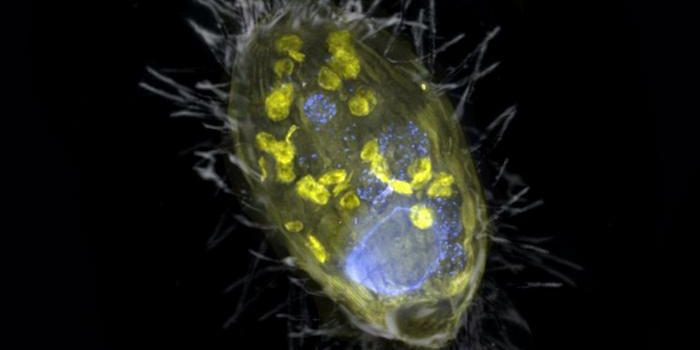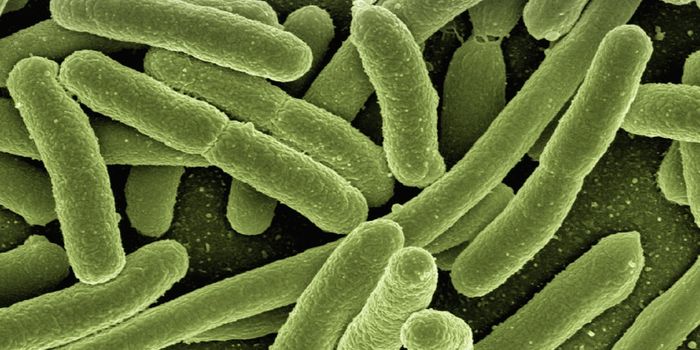Sensor Can Quickly Detect Bacterial Contamination in Water
Bacterial runoff is a serious threat to our waterways and oceans; pathogenic microbes are known to contaminate stormwater that moves through sewers, picking up more microbial life before eventually making its way to many other bodies of water. Leaky septic tanks and illegal dumping can also contribute to the problem, which is a health threat to people that use those bodies of water and the aquatic life that lives in it. While health officials might check for bacterial contamination in water when it's suspected, it takes time to perform those tests, get the results, and deliver the information to the public; that may be a hazardous delay.
Environmental engineers at San Diego State University have now developed a faster way to monitor for bacterial contamination in water by taking advantage of the low-level, natural fluorescence that is emitted from nearly every object, including microbes. The scientists adapted existing, fluorescence-detecting sensors for this purpose, and plan to combine them with technology that can transmit alerts as soon as they're necessary.
"We wanted to rapidly identify bacterial contamination, literally in seconds, and be able to watch the intensity increase in real time, using it much like a hand-held instrument," said water quality researcher and associate professor Natalie Mladenov. "One problem many water managers are aware of is the need to have real-time data, and this could be the answer. Source waters for drinking water treatment plants, like lakes or reservoirs would also be an excellent place to deploy such a sensor to warn of sewage spills or other bacterial contamination."
Reporting in Science of the Total Environment, the sensors can tell the difference between plant waste or organic material and bacteria. The researchers used it to track fecal bacteria in a waterway called Alvarado Creek during a storm.
"The findings suggest that wastewater was discharged into Alvarado Creek because of a sanitary sewer overflow or some kind of leakage in sewer infrastructure during a storm," Mladenov said. "Sewer lines are old and many are reaching the end of their useful life." Confirmed high E. coli and pollution levels supported these findings, added Mendoza.
"We hope this research propels the deployment of fluorescence sensors to water bodies for long-term monitoring because having data is power," Mendoza said. "I would like to see cities and water managers deploy sensors along water streams to detect vulnerabilities in water quality and to reduce the impacts of pollution events when they happen. Without early warning signals, the time between initial contamination and awareness and reaction is longer and will have negative consequences for the environment and aquatic life.
"This type of multiple lines of evidence-study had previously not been undertaken," Mladenov continued. "It indicates that the optical, fluorescence-based approach is an effective way for future detection of sewage leaks and other spills in surface waters."
Sources: AAAS/Eurekalert! via San Diego State University, Science of the Total Environment








